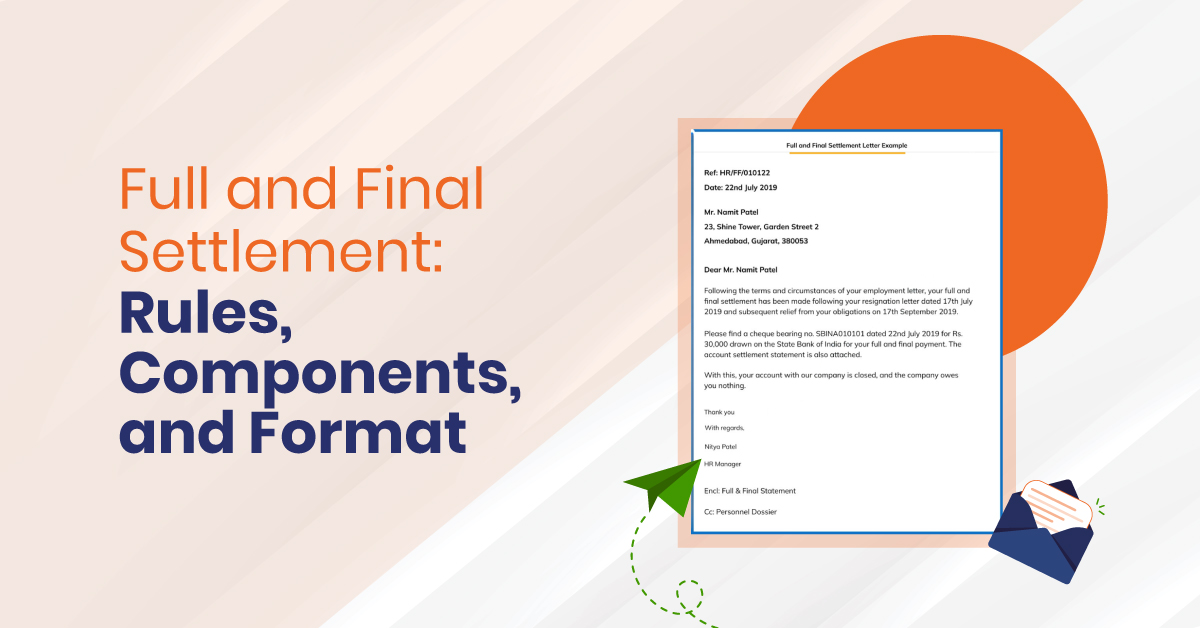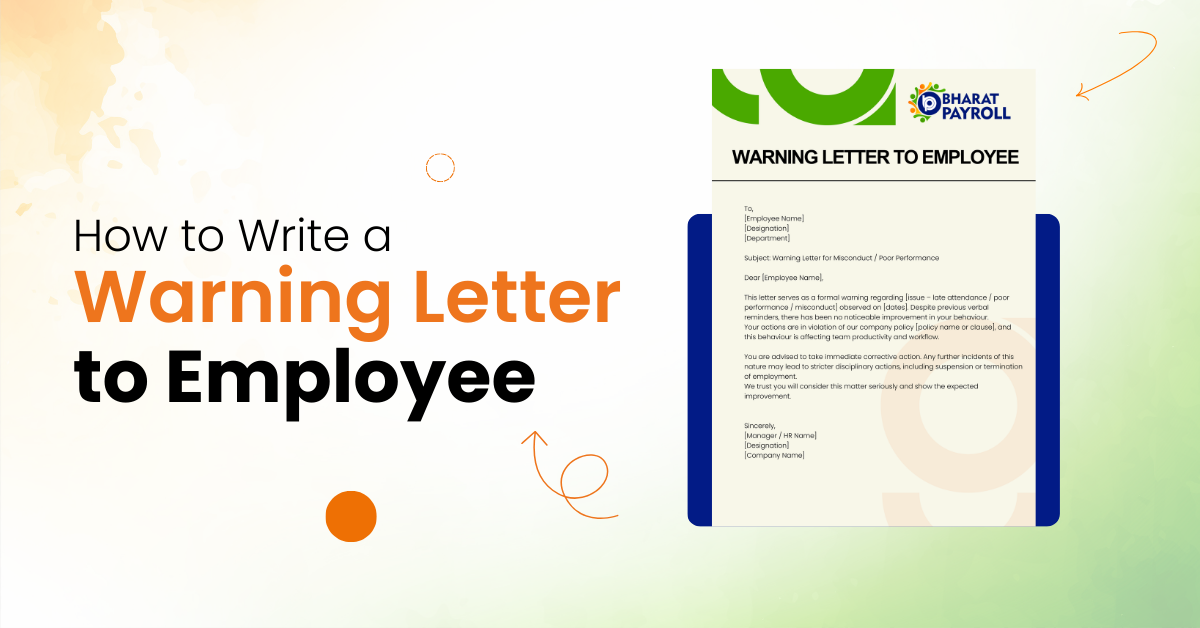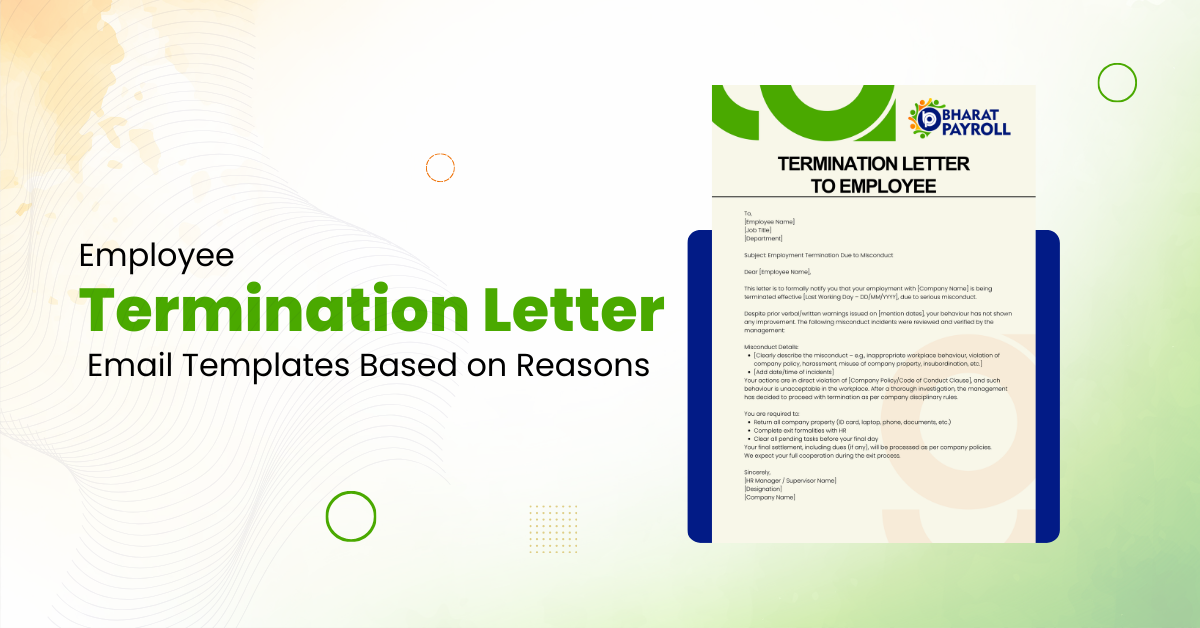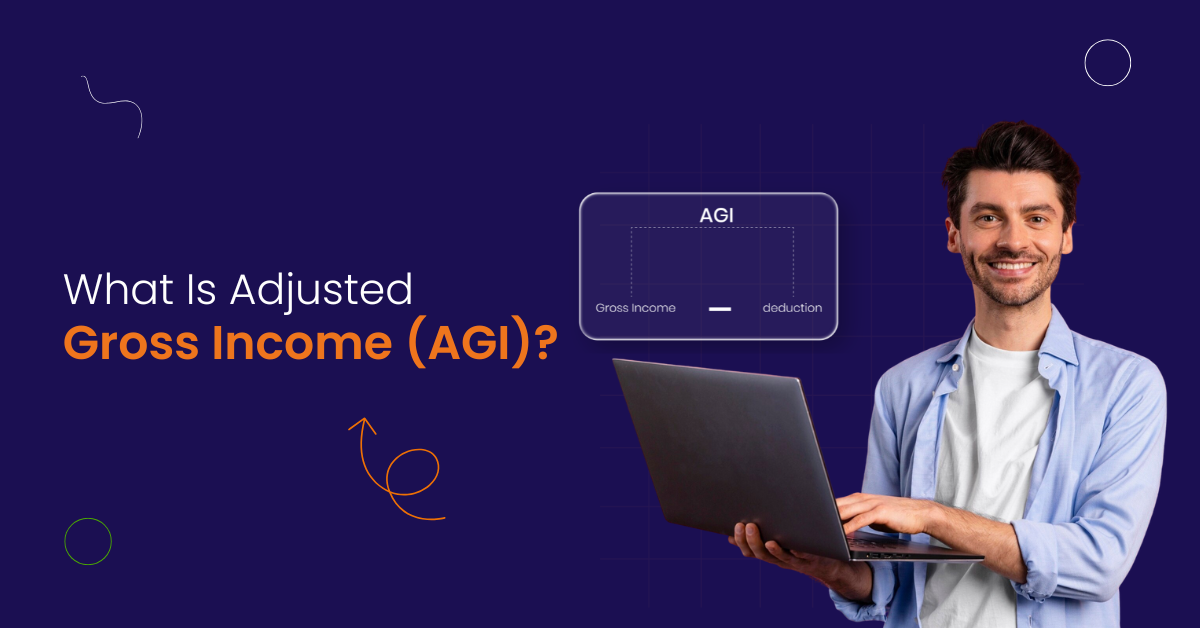When Work Ends, What Comes Next? Whether the parting is planned or unexpected, every employee exit involves numbers, policies, and paperwork. That’s where full and final settlement steps in, not as a formality, but as a responsibility.
Handled right, it builds closure, clarity, and trust. Handled wrong, it turns into compliance nightmares or legal friction.
For businesses across India and US subsidiaries handling local talent, understanding how full and final settlement works, down to every calculation, rule, and letter format, is not optional. It’s policy, a process, and peace of mind for both sides.
What is FnF? Understanding the Full and Final Settlement Meaning
The “FnF” full form is “Full and Final.” It refers to the complete settlement of dues, financial and otherwise, between the employer and the employee at the end of employment.
So, what is FnF really? It includes:
- Final salary for the last working month
- Leave encashment (what the employee is owed for unused leaves)
- Bonuses and incentives (if eligible)
- Deductions (loans, advances, taxes)
- Gratuity and provident fund (as per service duration and local laws)
The FnF meaning in company terms reflects responsibility: clear accounts, legal compliance, and no loose ends. The FnF full form in company records should reflect every pending amount, every deduction, and every clearance.
This isn’t just good practice, it’s law. And for employee morale, it’s closure.
Legal and Compliance Rules Behind FnF in India
Behind every final settlement, there’s a legal timeline ticking. Let’s look at the rules that shape it.
- Payment of Wages Act, 1936: Final wages should be paid within two working days of termination or resignation.
- Income Tax Act, 1961: Tax must be deducted at source (TDS) on applicable FnF components.
- EPF & Gratuity Acts: Governs retirement-linked benefits during final payouts.
- Factories Act, 1948: Additional rules for industrial workers and factory employment.
These rules don’t just protect employees, they protect employers too. Delayed payments can result in penalties or lawsuits.
Bharat Payroll ensures every final settlement is aligned with Indian labor compliance, so you don’t have to second-guess your FnF process.
What Does a Company FnF Policy Include?
Every company should have a written FnF policy. And if you’re still relying on guesswork, it’s time to fix that.
A strong policy includes:
- Final salary computation structure
- What constitutes notice pay (and notice pay’s meaning in practical terms)
- Timelines for settlement (7, 15, or 30 days, as per company norms)
- Leave encashment meaning explained clearly
- Asset return protocols
- Required documents (resignation, ID clearances, etc.)
- Escalation process for disputes
Whether you call it f and f meaning or f & f meaning, every policy should speak the same language, clarity. Bharat Payroll builds custom workflows around your FnF policy to eliminate delays and manual errors.
Understanding Leave Encashment in Final Settlement
One of the most misunderstood elements of a final paycheck? Leave encashment.
Let’s break down the meaning of leave encashment:
If an employee has unused EL (earned leaves), the employer owes them payment for those days. The EL full form or E L full form stands for “Earned Leave”, paid time off that wasn’t used.
Here’s how it’s usually calculated:
- Leave balance × per day basic pay = Leave encashment amount
- Subject to company rules or statutory leave caps
Some companies cap this at 30 days per year; others allow carryovers.
Bharat Payroll calculates leave balances automatically based on attendance logs, leave approvals, and role-based policies. No manual reconciliation needed.
The Final Settlement Process: Step-by-Step
Final doesn’t have to mean complicated. Here’s how the full and final settlement process flows.
- Resignation or termination is accepted
- HR generates a FnF sheet that includes:
- Final salary till the last working date
- Leave encashment
- Bonuses, incentives
- Deductions (TDS, advance loans, loss of pay if applicable)
- IT/Admin/Finance issues clearance
- Salary slips, FnF settlement form, and settlement letter are prepared
- Payment is credited to the employee’s account
This isn’t just an exit, it’s a contract closed with transparency. With Bharat Payroll’s cloud payroll software, every final settlement is calculated based on real-time attendance, statutory rules, and company policy. Fast. Accurate. Fully auditable.
Full and Final Settlement Letter: Why It Matters
Every employee leaving deserves a formal full and final settlement letter. This letter (also referred to as a full & final settlement letter or a letter for full and final settlement) includes:
- Breakdown of the settlement amount
- TDS deductions and reasons
- Leave encashment calculation
- Bonuses and final salary
- Employee code, department, last working date (relieving date meaning should be crystal clear)
It’s not just a courtesy; it’s legal proof that protects both parties.
Documents You’ll Need for a Clean Full and Final Settlement
Final isn’t final without the paperwork. A properly executed full and final settlement depends on accurate documentation, verified across departments.
Here’s what your checklist should look like:
- Formal resignation letter
- Employee’s appointment or employment agreement
- Latest salary slips and leave records
- Bonus and incentive reports (if applicable)
- TDS certificates and investment declarations
- Departmental clearance certificates (HR, IT, Admin, Finance)
- Reimbursement claim forms
- Company asset return forms (laptops, ID cards, access tokens)
The FnF settlement process is not just math; it’s documentation-driven. Errors here can delay payment or invite disputes. Payroll software providers like Bharat Payroll offers document uploads, audit-ready logs, and clearance tracking, all built into one automated flow.
What Is Included in Final Salary? Breakdown of Full and Final Settlement Format
Think of the full and final settlement format as a snapshot of the employment’s closure. Here’s what a typical FnF payslip or letter includes:
- Employee name, ID, department, last working date
- Final salary (number of working days + earned wages)
- EL (earned leave) encashment
- Bonus/incentive (if applicable)
- Gratuity (based on tenure)
- Provident fund (transferred or withdrawn)
- Notice pay (if short-served)
- Deductions (taxes, outstanding loans, fines, loss of pay)
Some letters are titled full and final settlement letter word format, especially in Word or PDF templates, but their function is the same: record every rupee in and out.
Tax Deductions in Full and Final Settlement
The question always arises, is TDS applicable on a full and final settlement? Short answer: Yes. Here’s how it plays out:
- TDS (Tax Deducted at Source) is applied on taxable elements, salary, bonus, and leave encashment (in some cases)
- Gratuity and PF are tax-exempt, as per the Income Tax Act
- Employer must calculate TDS based on proofs submitted, not just default slabs
Any missed tax deductions can lead to liability, not just for the company, but also for the employee filing their return. Which is why Bharat Payroll doesn’t rely on year-end adjustments. It calculates taxes right at the time of FnF, using updated tax rules and proofs available.
How Clearances Work in FnF: People, Process, and Protocol
The full and final settlement process depends heavily on internal coordination. The following teams play a part:
- HR: Verifies resignation, leave data, and updates FnF status
- Finance: Reviews any pending reimbursements or deductions
- IT/Admin: Ensures assets are returned and credentials revoked
- Payroll: Generates final pay, tax, and settlement letter
No team can afford to delay. Each clearance is a link in the chain. Miss one, and the payment clock stops ticking.
What the Employee Must Know: Rights and Responsibilities
Employees have a right to be paid accurately and on time. But that right comes with a few expectations. Here’s what every departing employee should handle:
- Submit all official documentation
- Return company property
- Fulfill notice period (unless bought out)
- Review final settlement details before signing
- Understand that the settlement amount includes tax deductions, recoverables, and encashments
And here’s what every HR team should offer:
- Timely communication
- Accurate payslips and TDS documents
- Support during queries or disputes
Mistakes That Can Derail Your Final Settlement
Most full and final settlement delays don’t happen because of laws; they happen due to avoidable misses. Here are a few common issues that derail the process:
1. Wrong leave balance calculation
If the EL full form or E L full form is misunderstood or miscalculated, it leads to disputes in leave encashment.
2. Inaccurate notice pay deductions
Many don’t get the correct notice pay meaning, especially with variable notice served or waived.
3. Missing TDS entries
Forgetting tax entries during FnF creates trouble for both the employer and employee during ITR filing.
4. Lack of clarity in relieving date
The relieving date meaning should match across payroll, HRMS, and documentation to avoid mismatches.
5. Document mismatch
When submitted forms differ from internal policy, your full and final settlement letter becomes a target for legal claims.
Avoiding these isn’t complex; it just needs sync. Bharat Payroll brings all FnF touchpoints into one view.
Wrap-Up: Make Full and Final Settlements Simple, Smart, and Legal
Full and final settlement isn’t just a financial formality. It’s the final act of professionalism between the company and the employee. Handled poorly, it creates friction. Done right, it builds lasting goodwill.
How Bharat Payroll Makes FnF Settlements Faster, Fairer, and Foolproof
Still relying on Excel sheets and emails? It’s time to reconsider. Bharat Payroll has helped growing businesses across industries in India and globally simplify their fnf company process.
What you get:
- End-to-end FnF automation that links attendance, salary, and compliance
- Pre-built templates for full and final settlement letter and format of full and final settlement
- Real-time tracking for exits, clearances, and payments
- Integrated tax engine with rule-based TDS and loss of pay meaning
- Support for gratuity, leave encashment, settlement amount, and asset return logs
Avoid compliance gaps. Automate your FnF process with confidence and handle final settlements without delays or doubts.
Frequently Asked Questions
1. What is the full form of FnF?
FnF full form stands for Full and Final settlement. It refers to the complete clearance of all dues between the employer and the employee at the time of exit.
2. What does FnF mean in payroll?
FnF meaning in payroll refers to the sum total of salary, benefits, leave encashment, deductions, and reimbursements payable to an employee upon exit.
3. What is included in a full and final settlement letter?
A full and final settlement letter includes the employee’s details, final working date, salary breakdown, encashments, tax deductions, and net payable amount.
4. What’s the full form of EL?
EL full form means Earned Leave, also sometimes seen as E L full form. These are paid leaves accrued over time, eligible for encashment at exit.
5. What is the full form of END?
The full form of END or E N D full form can vary by usage, but in HR exit terms, it often marks the Exit Notice Date or the employee’s last working date on record.
6. What is the full form of GOT?
GOT full form isn’t an HR standard, but in FnF discussions, it may refer to “Given on Termination,” indicating benefits extended upon termination.
8. What does day full form mean in payroll?
Day full form usually ties to Daily Attendance Yield or simply the total days worked/considered for wage calculations. The full form of DAY may differ contextually.
9. What is the meaning of leave encashment?
The meaning of leave encashment is converting unused eligible leave into a cash payout during FnF.
10. What if the company delays full and final settlement?
According to termination rules for employees in India, the employer must clear dues within 2 to 45 days post-exit, depending on the cause of departure. Delay may invite legal penalties.
11. What’s the law behind final settlement in India?
The full and final settlement law in India is governed by the Payment of Wages Act, Gratuity Act, and EPF Act, covering all mandatory payouts and tax compliance.
12. What is a typical final settlement payment letter format?
A final settlement payment letter format includes:
- Header with company name, address
- Date of FnF
- Employee ID, name, department
- Salary & leave details
- Deductions
- Net amount
- Bank account credited
- Signatures from HR and Finance
Bharat Payroll helps auto-generate this format for every exit.
13. What is FnF full form in company HR?
In the company HR context, FnF stands for Full and Final Settlement, the exit process covering all financial and administrative clearances.
14. What is employee full form?
Employee full form in formal usage doesn’t have an acronym; however, it refers to someone hired for a defined role in return for compensation.
15. What does being relieved from a job mean?
Relieving from the job indicates formal release from job duties, post which FnF is processed, and a relieving letter is issued.

